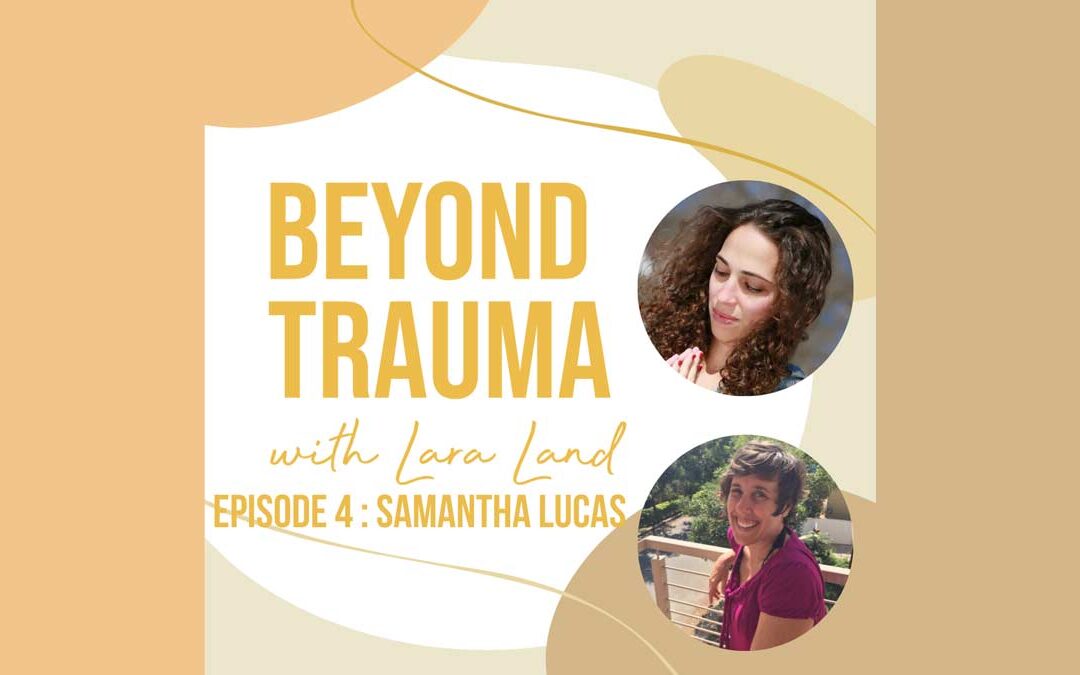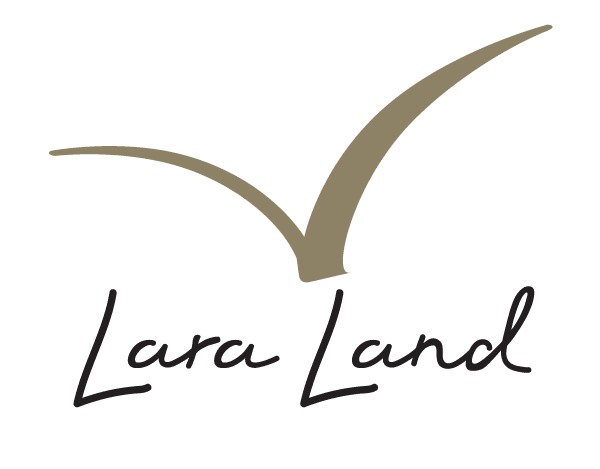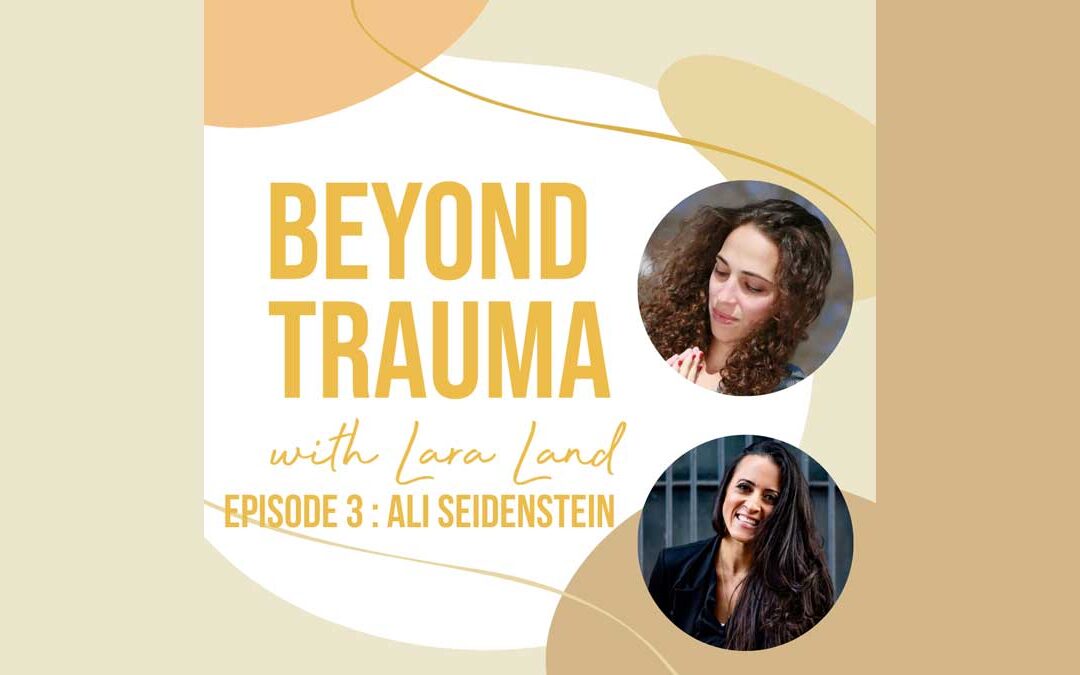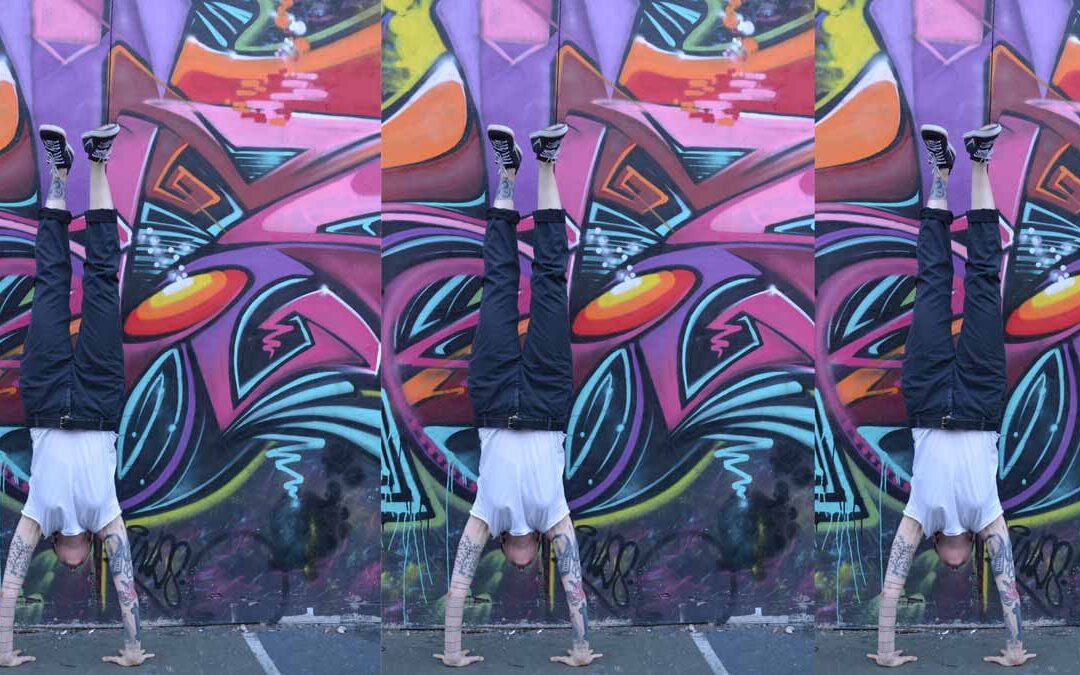
by Lara Land | Jun 20, 2022 | LAND BLOG, LARA LAND
Do you have a boss, friend, partner or parent who is super controlling? Do they try to micro manage each situation, predict outcomes and control what you do?
This could be a sign they have survived a traumatic experience and are still processing that trauma.
One of the main predictors of a traumatic response to a situation is loss of agency. Whether it’s an accident, natural disaster, systemic events, racial injuries, or any other incident, they all have in common that the individual they are acted upon loses choice for themselves and their body. Finally in the most traumatic of incidents immobilization takes place and there is commonly a period of disassociation where the person experiences being out of or sometimes hidden deep in their body often watching the traumatic event as if it is happening to someone else.
That loss of control is devastating to the mind/body system especially in childhood trauma. It often seeks to compensate for it by taking control after the traumatic event of every possible thing it can. This comes from a common trauma response belief system that if everything is controlled and organized in detail by the survivor, they can avoid all upcoming traumatic events and remain in the future safe and free from harm.
Of course we know, that is impossible, but it can take a long time for the trauma survivor to feel that they can be safe without that habit.
This is where we can show up in grace.
The next time you’re confronted with a boss, friend, family member, or partner who seems super controlling, have some compassion, patience and sensitivity towards them. They may just be a trauma survivor.
Softening the controlling perfectionistic response can happen for them through our understanding and acceptance of their need to get things right. We can ask how it feels for them when things seem out of their control and what we might do in those times to help them work past that feeling and feel safe again without compromising our own level of safety and choice.
To learn more about the habits of trauma survivors, join the next trauma informed yoga teacher training at Three and a Half Acres Yoga or take a listen to the Beyond Trauma podcast on iTunes or Spotify or wherever you listen to podcasts. Episode 4 with Samantha Lucas is all about this topic.
We all carry trauma. Check out Healing Trauma with Nature and join me on my upcoming Women’s Realignment Retreat to work on repatterning and healing from the impacts of traumatic events.
Highlight: trauma, traumatic experience, traumatic events, trauma informed yoga, trauma informed yoga teacher training,

by Lara Land | Jun 13, 2022 | LAND BLOG, LARA LAND
Most likely you’ve heard of power hour, right?
You take an hour or so to clean up and get the house or apartment you live in in a better state. You might even use the power hour concept to plow through a project, make a stab at your garden or get any good idea off the ground.
The point is you use a shortish, but clearly determined, focused set of time to put your full energy into an intended project. It’s that push we need to make something happen that may have been dragging. This kind of directed effort can yield quick and powerful results and is sometime in the business world called a sprint.
Can you think of something you’ve been wanting to accomplish but never seem to check off your checklist?
It’s likely and not unusual that at least a few things come to mind. There are often in life certain items that just don’t seem to make it to the top of the to do list on any day and drag and drag themselves to the bottom of the next day’s to do list again and again. They can sit there weighing on us and making us feel unaccomplished and annoyed. Those are the ones that need their own dedicated power hour once a week…
This accountability trick is a game changer and has worked for myself and many of my coaching clients:
Create a power hour for the things you just don’t seem to do and have it as a clear and running date in your schedule as you would any important meeting.
Aside from loose ends, I like to use this time or create one more power hour in my week for items specifically related to my values.
My husband has something he always says, which is that one’s opinions are the least interesting thing about them and I couldn’t agree more. Everyone has opinions and these days no one is shy to share them. Fewer, however, are doing something about them. It’s deeply important to me to be in alignment, doing the things that are indicative of my having the opinions I do.
I call this hour my value hour and I encourage you to give it a try.
It’s during this dedicated time that I put my money where my mouth is in regards to my beliefs and opinions. I volunteer to call voters. I write a penpal incarcerated for life in prison. I sign petitions. Write letters to and call my representatives. Educate myself on topics and make donations.
Because I don’t just want to be posting and because it’s not easy to make time for these type of items, having a value hour gives them a specific time and space. When my thoughts come up on topics I feel passionately about, I know I have a dedicated time to act on that passion. And now you can too!
Staying in alignment is not something that is easy. It takes regular self evaluation to stay on track and some yearly reboots to keep it going. That’s why I’ve put a Women’s Realignment Retreat for this fall, October 7th-9th. This 3-day intensive is designed to realign female identifying folks in purpose and values. It includes yoga, meditation, mindful outdoor nature experiences, journaling, and coaching. See more details on my site.
Please let me know how you incorporate and use your value hour in your comments below!

by Lara Land | Jun 6, 2022 | LAND BLOG, LARA LAND
I’ve always known that creating healthy, sustainable habits was of the utmost importance. It’s work I’ve been doing on myself for over twenty years, and it’s the process I most engage in with my life coaching clients who are often looking to start something new, get unstuck, or see greater results in their lives. Most people think too often of the “big stuff” in their lives and forget that it’s the repetitive day to day patterns of thought, word and action that are slowly ingrained in our very neuro pathways and literally become who we are.
The wonderful thing about understanding this is how science now shows us that in the same way unhealthy patterns can impact and change us, healthy ones can as well. They may even be able to rewire which parts of our DNA get expressed. This is great news for the world of trauma because it proves that the patterns of protection which follow a great trauma do not have to be permanent and the negative health outcomes from traumatic stress can be reversed.
It’s all about the slow and steady.
Small, sustainable healthy habits really are the most impactful and doable and that’s what we find with yoga and especially trauma sensitive yoga.
Yoga isn’t always getting on a mat for 60 or 90 minutes. It can be the break in the day when we take a breath, slow down or re-route a negative thinking pattern and begin again.
Taking that time to reset throughout the day ultimately changes us and eventually becomes second nature. It’s all about creating new loops!
This is the essence of what we discuss in the fourth episode of the Beyond Trauma podcast, Stress, Yoga & Epigenetics with Alexandra Seidenstein. You can listen to the full episode on iTunes or Spotify or wherever you get your podcasts. Don’t forget to subscribe, rate and review!

by Lara Land | May 24, 2022 | LAND BLOG, LARA LAND
Learning to balance effort and result
There is a common saying that twenty percent of our actions yield eighty percent of our results but unfortunately it’s hard to figure out which twenty. I don’t think it’s impossible however.
Much of what we do gives us the feeling of being busy, a sensation many of us have become used to and even addicted to. We need this energy to give us the idea that we are working hard and important and even to block out other, more important, slower, bigger things in our life.
But working harder, more, and faster, does not necessarily mean working better. This is true in business and it is also true in yoga practice.
Enacting right effort is a skill that we can learn from daily practice. In each sun salutation or each yoga pose, ask yourself what is needed to retain the shape and structure and what can be removed. From there you can begin to relax the muscles which are engaged but not helping create the posture. You will be amazed how many jumped in unnecessarily.
You may also think of yourself as having a certain amount of energy for the week to give to your yoga practice. If you give it all on a Monday, you’ll be spent and unable to practice the rest of the week, but if you can ration it out, you will find you can take daily practice without strain. For anyone surviving trauma this is especially important as so much energy is being spent daily to keep survivors of trauma hypervigilant and protected from danger. We must not take more.
Marcy Tropin, a long time Yin and Restorative Yoga teacher and trauma survivor talks about the importance of regulating energy output in her podcast interview with me. She discusses the things we can do as teachers to equalize the room and what we may be missing about what is going on in our student’s minds as they enter the yoga space. Check it out and let me know what you think.
Listen iTunes
Listen Spotify

by Lara Land | May 15, 2022 | LAND BLOG, LARA LAND
Confidence is a tricky thing… too much and we seem fake or rude or self-involved. Too little and we seem weak, childish, and awkward. We want that sweet spot of just enough but it’s hard to find it and to live there. What does it mean exactly to know who we are, be open to evolving and be able to hold appropriate boundaries? It’s a lot to ask of ourselves and to understand about ourselves and it’s exactly the work we should always have been doing to grow into full capacity adults.
Why don’t they teach this stuff in school?!
They really should, but they don’t and often our parents don’t even have this figured out enough for themselves to teach us. We likely experienced them as too clingy or too distant. We probably were on the other end of their guilt and maybe even manipulation. And that’s for folks with great parents. Like I said, this stuff is tricky, and it does get passed down.
The rewards, however, for working on oneself in this way, for investing one’s confidence and relationship to self, are boundless. Just imagine, not a world where you didn’t second guess a decision, but where it didn’t mean you second guessed your value. A world where you never had to play small for sympathy wins or because you were afraid to unleash your largeness. A world where you could own every bit of who you are and know that you are special and so is everyone else… and they could feel that in being with you.
Now that’s a world! It’s a world you can have.
This is the exact work that I do with my life coaching clients. So much is about the feeling and the ways we take up our bodies. I help you explore this, how to fill it out, the ways you deny it and more. You can repattern all of it and watch as the world adjusts to meet you. It’s truly magnificent. I know because I’ve been there.
Learn to own your confidence or work on any of your sticky parts with me this month while I’m offering $500 OFF my 10 session coaching package. Message me here for more details.






Recent Comments